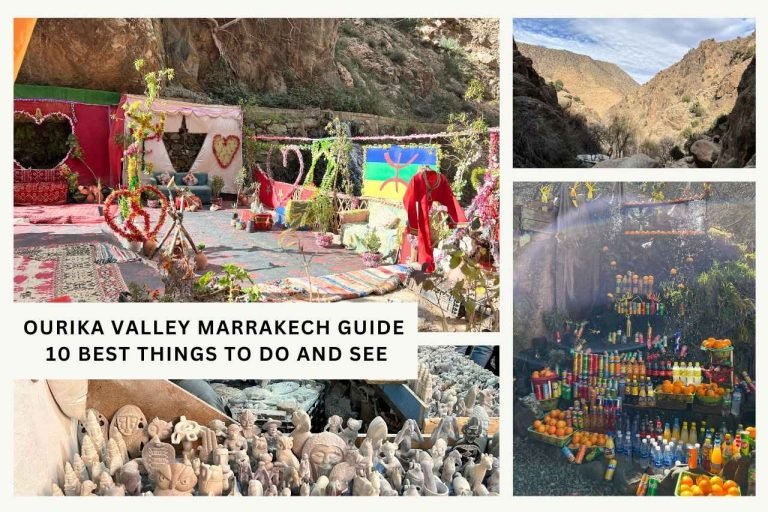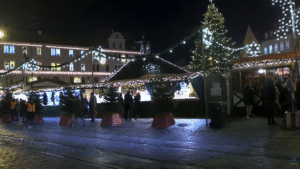This post may contain affiliate links, which means I may earn a small commission from purchased products at no additional cost to you. See my full disclosure here.
Just thirty to forty-five minutes southeast of Marrakech, the Ourika Valley is one of the most scenic and culturally rich places you can visit in Morocco. Surrounded by the towering Atlas Mountains, this peaceful valley is filled with waterfalls, Berber villages, local markets, and gardens. The Ourika Valley stretches along the Ourika River and rises into the Atlas foothills, beginning around the town of Ourika and leading to Setti Fatma. It has long served as a trade and travel corridor and now preserves authentic Berber life despite modern tourism.
The Ourika Valley is perfect for a quick city escape or a deeper cultural experience because it offers both in one trip. If you’re planning your first Ourika Valley day trip, here are the 10 best things to do and see and helpful tips to make the most of your visit.
10 Best Things To Do In The Ourika Valley For An Epic Day Trip
1. Hike to the Setti Fatma Waterfalls
Setti Fatma is the last village in the Valley of Ourika and the starting point for the famous seven waterfalls. The hike to the first waterfall is short and manageable, taking about 20 minutes. If you’re up for it, you can keep going to reach the upper cascades, where natural pools and mountain views reward the effort.
Tip: Wear non-slip shoes, as the path can get rocky. Avoid weekends if you prefer smaller crowds.
At the first waterfall, I recommend taking a break to soak up the view with a warm glass of mint tea at one of the nearby restaurants.
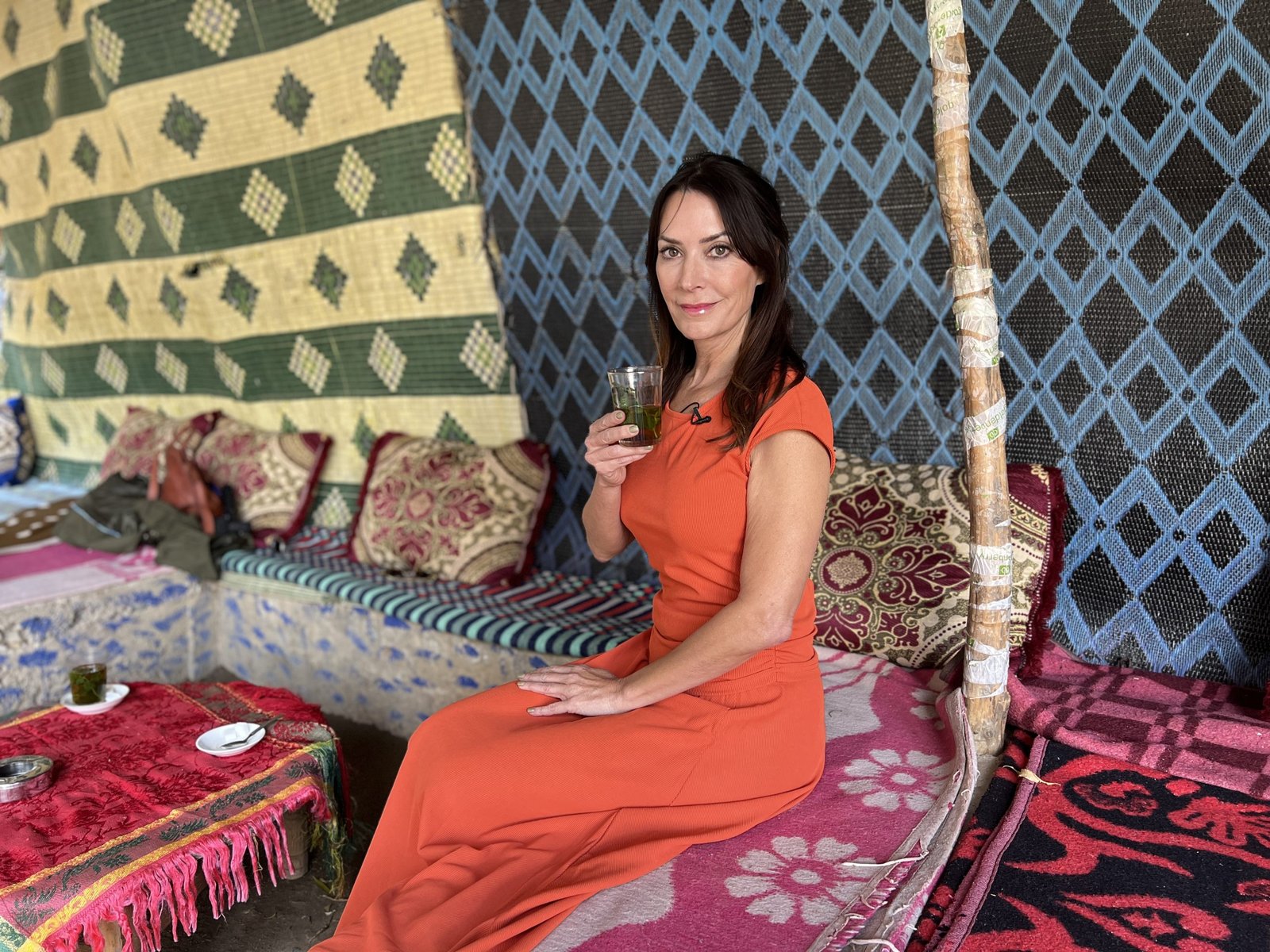
Locals often eat lunch by the river, and some cafes even let you sit with your feet in the cool water. It’s refreshing, especially during warm months.
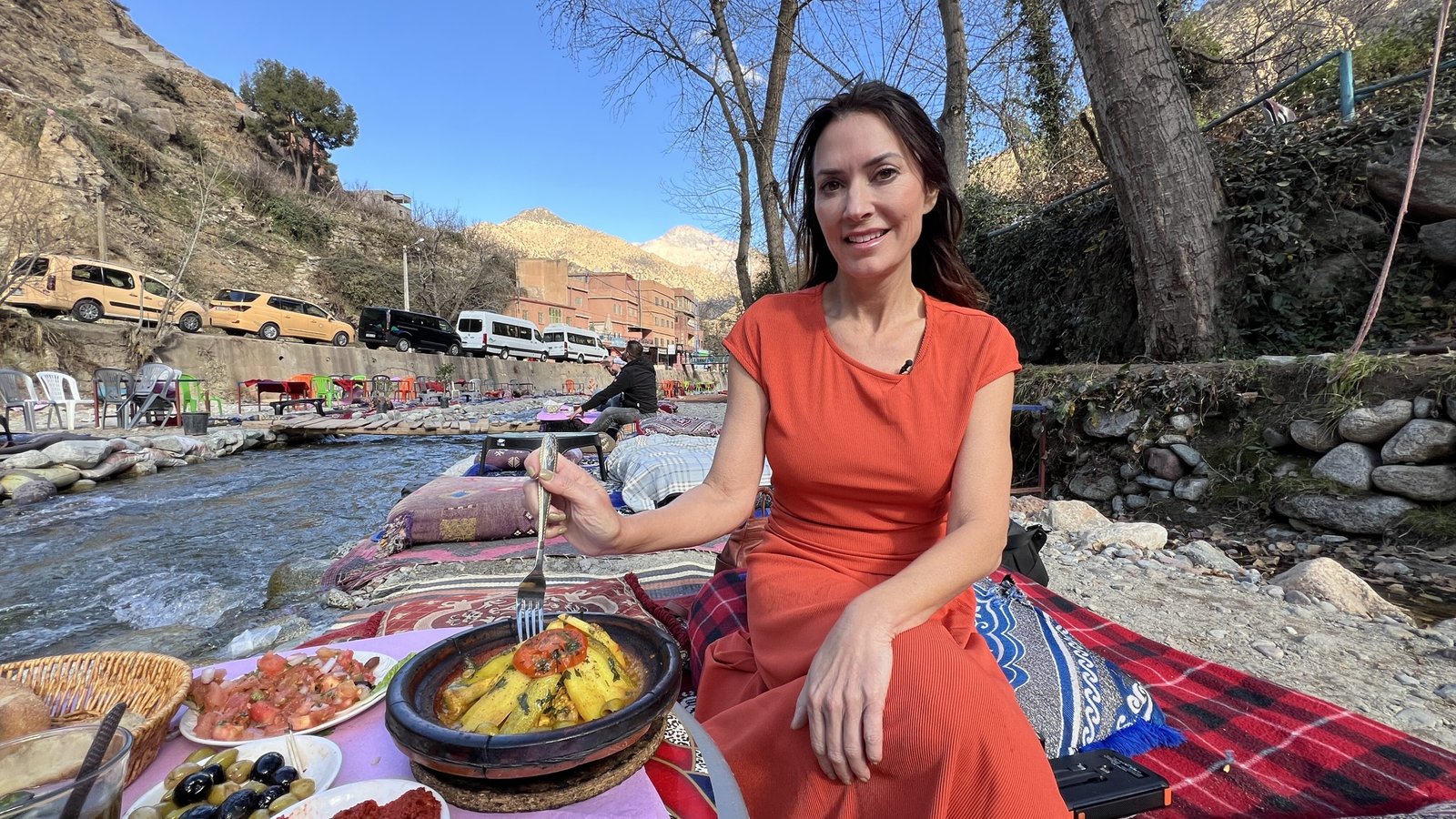
2. Visit Traditional Berber Villages
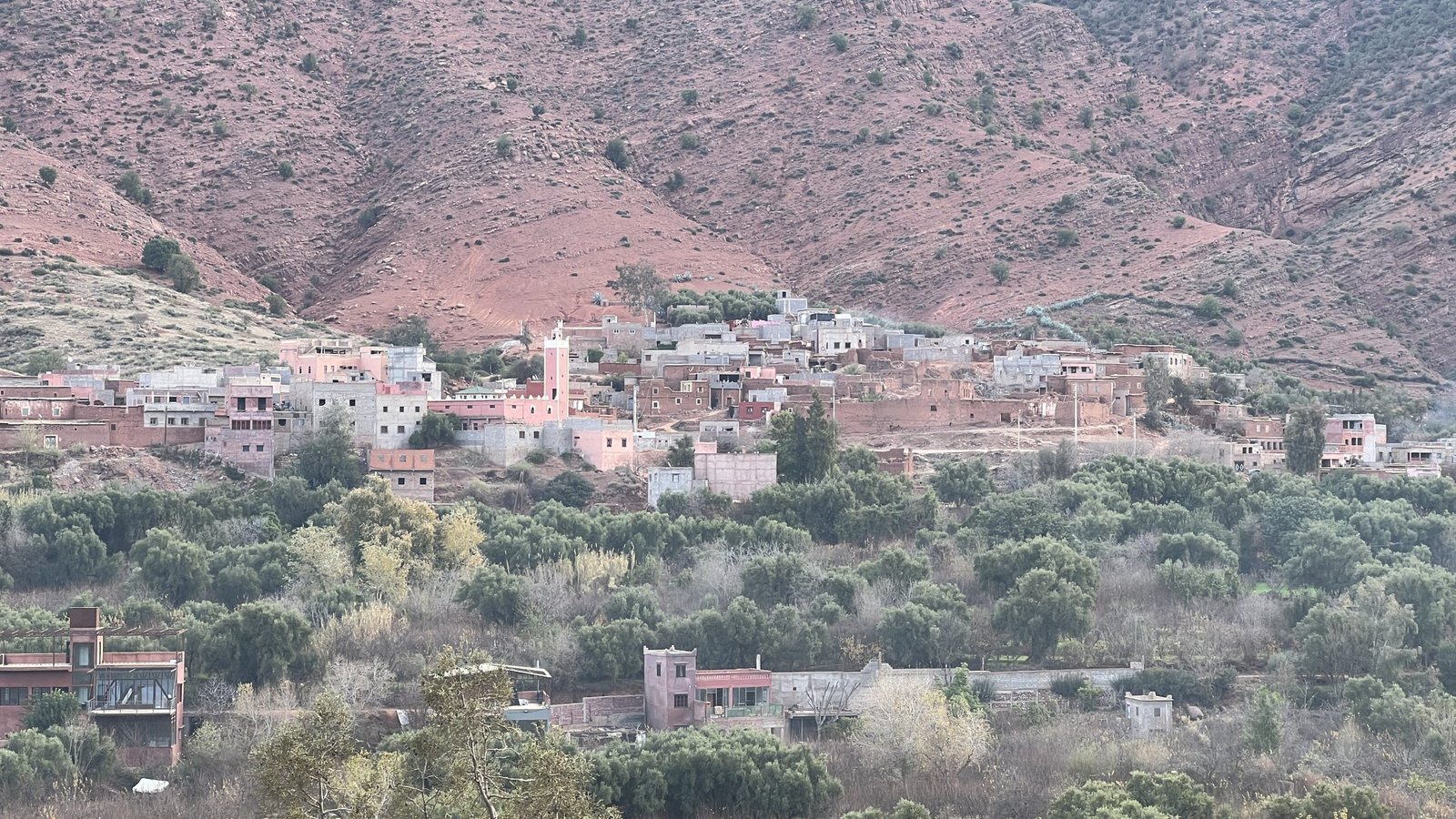
The Ourika Valley is home to Amazigh (Berber) communities that have lived here for centuries. You’ll see mud-brick homes, terraced farmland, and quiet daily routines that reflect a slower pace of life. Many homes still follow traditional terraced agriculture, with architecture passed down through generations.
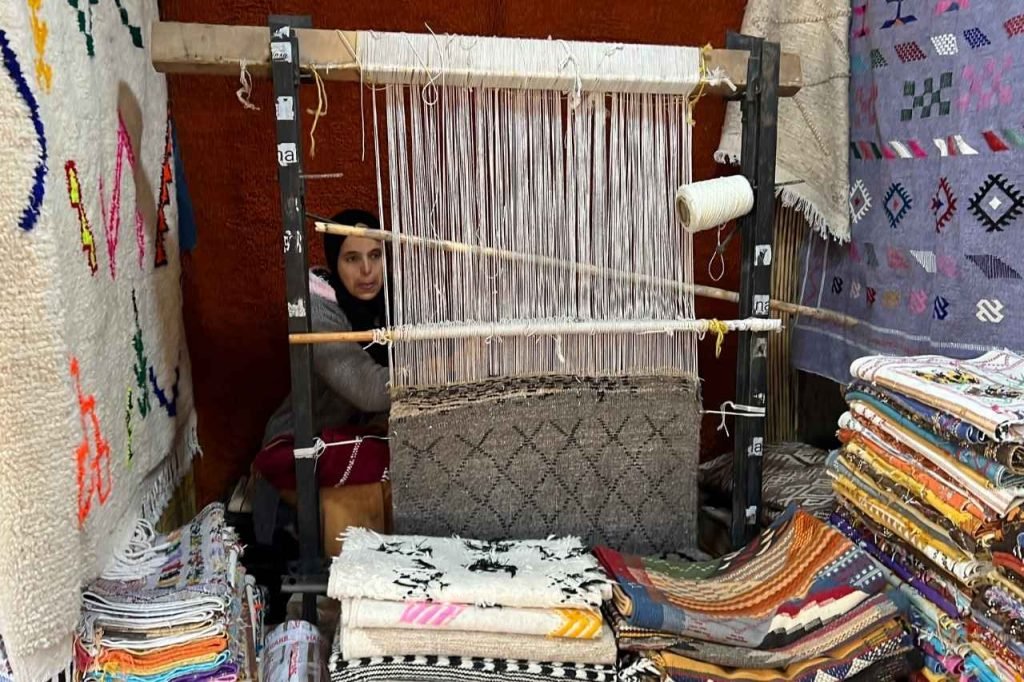
Two villages to visit are:
- Tnine-de-l’Ourika – Known for its Monday souk (market), this village comes alive with fresh produce, spices, and handmade goods.
- Tafza – Home to the Berber Ecomuseum, which showcases local clothing, tools, and pottery while preserving the valley’s ceramic traditions and symbolic designs.
3. Walk Along Scenic Nature Trails
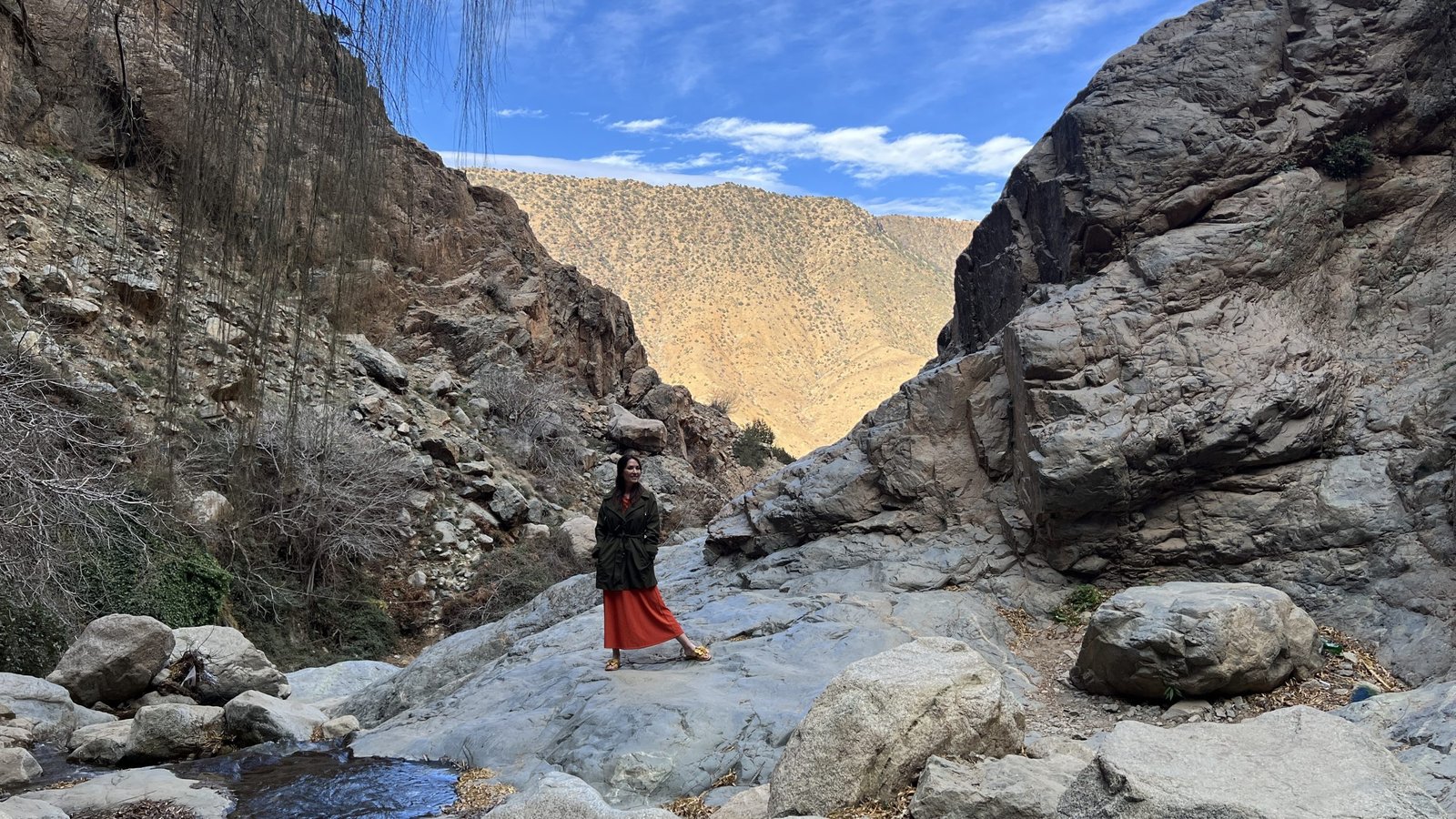
There are plenty of short trails throughout the valley that follow the river or head into the hills. You’ll pass orchards, olive trees, fields of wild herbs, and terraced farming areas that have supported the valley for centuries. It’s a peaceful place to stretch your legs and take in the views.
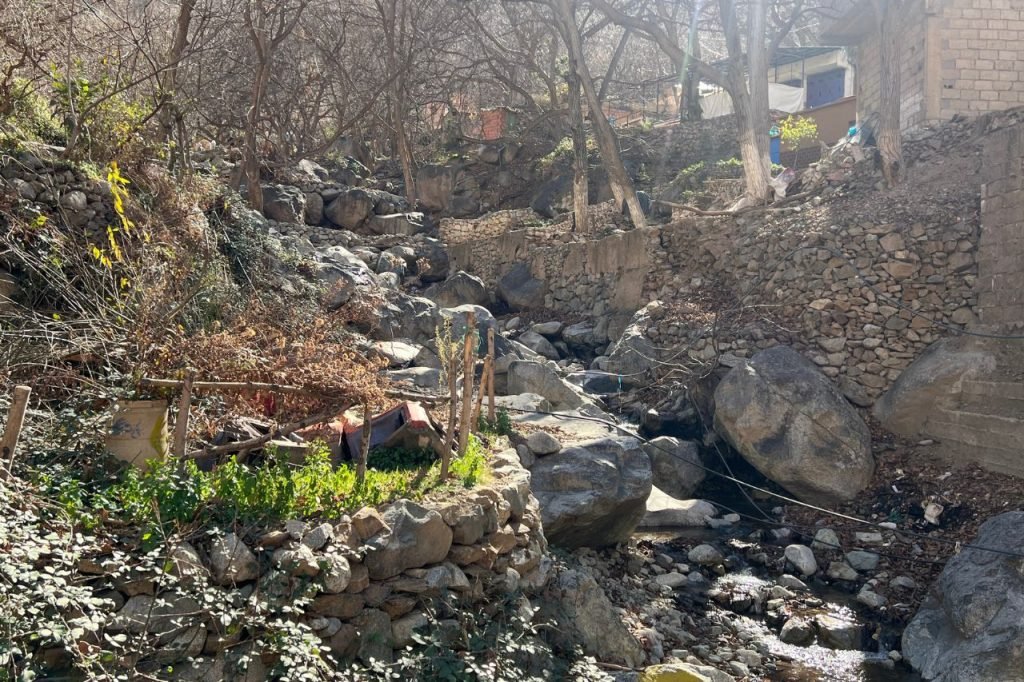
Spring and fall are especially beautiful times to visit, with flowers in bloom and cooler weather. Bring a refillable bottle, sun protection, and your camera.
4. Stop at Anima Garden for Art and Nature
Anima Garden is a whimsical mix of exotic plants, sculptures, and bright artwork created by Austrian artist André Heller. It feels part jungle, part gallery, and totally unique to the valley.
Wander the paths at your own pace and enjoy the blend of nature and creativity. It’s a great stop if you want something different from the usual tourist spots.
5. Learn About Local Herbs and Saffron
A few places in the valley offer experiences around Morocco’s famous spices and natural remedies:
- Paradis du Safran – A working saffron farm where you can learn how saffron is grown, harvested, and used. There’s also a sensory garden where you can smell and touch herbs.
- Ourika Bio-Aromatic Garden – A peaceful spot filled with medicinal and aromatic plants used in traditional Moroccan skincare and wellness.
Both stops offer products you can buy directly from the source.
6. Taste Traditional Moroccan Cuisine
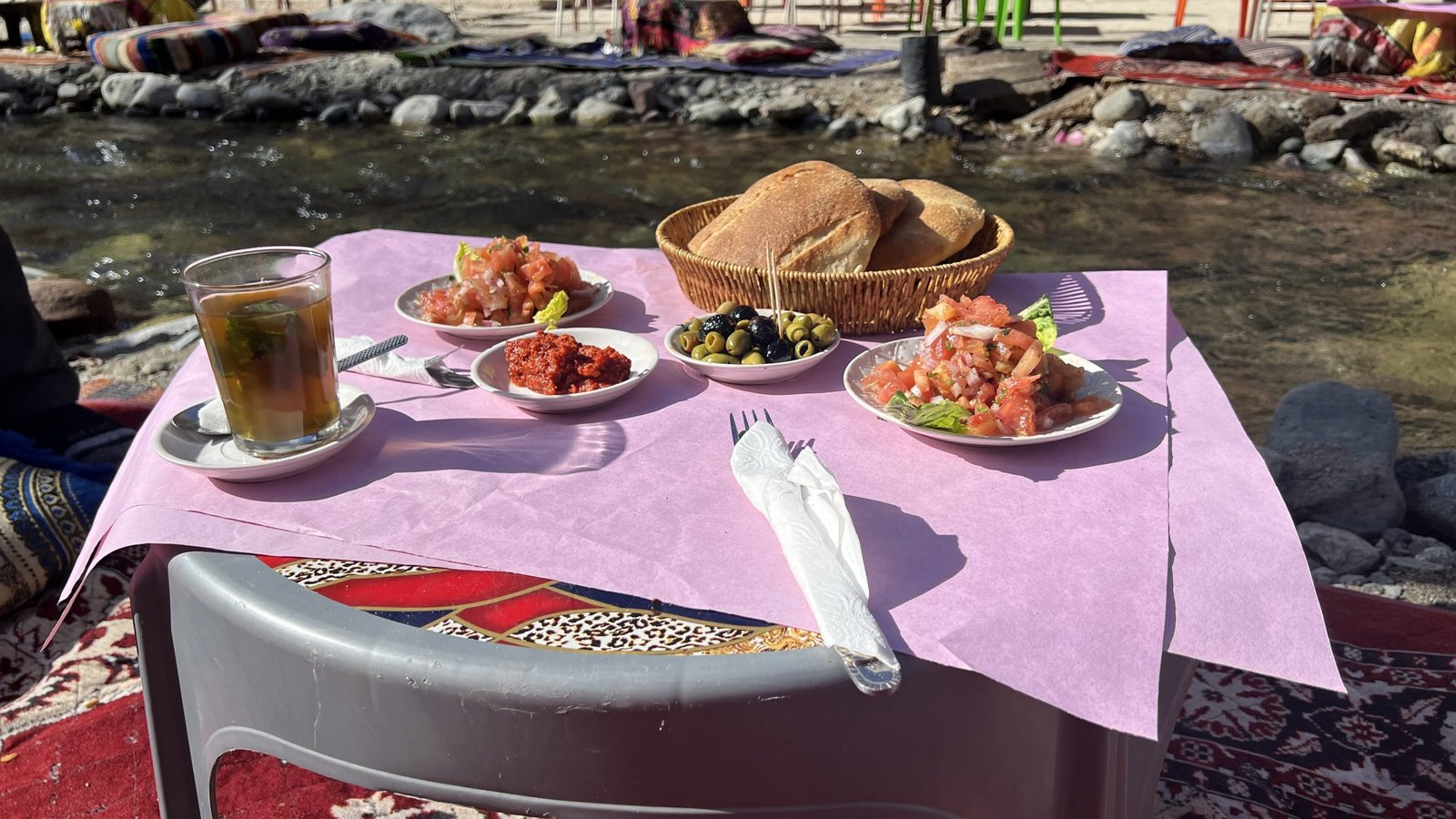
There’s no shortage of riverside cafes in the valley. Many of them are small, family-run spots where tagines are cooked slowly over coals and couscous is made fresh.
Popular dishes include:
- Chicken or lamb tagine with preserved lemon and olives
- Vegetable couscous
- Fresh Moroccan salad
- Mint tea
Meals often come with a view of the river, and during warmer days, you can even eat with your feet dipped in the stream.
7. Visit the Dar Zite Argan Oil Cooperative
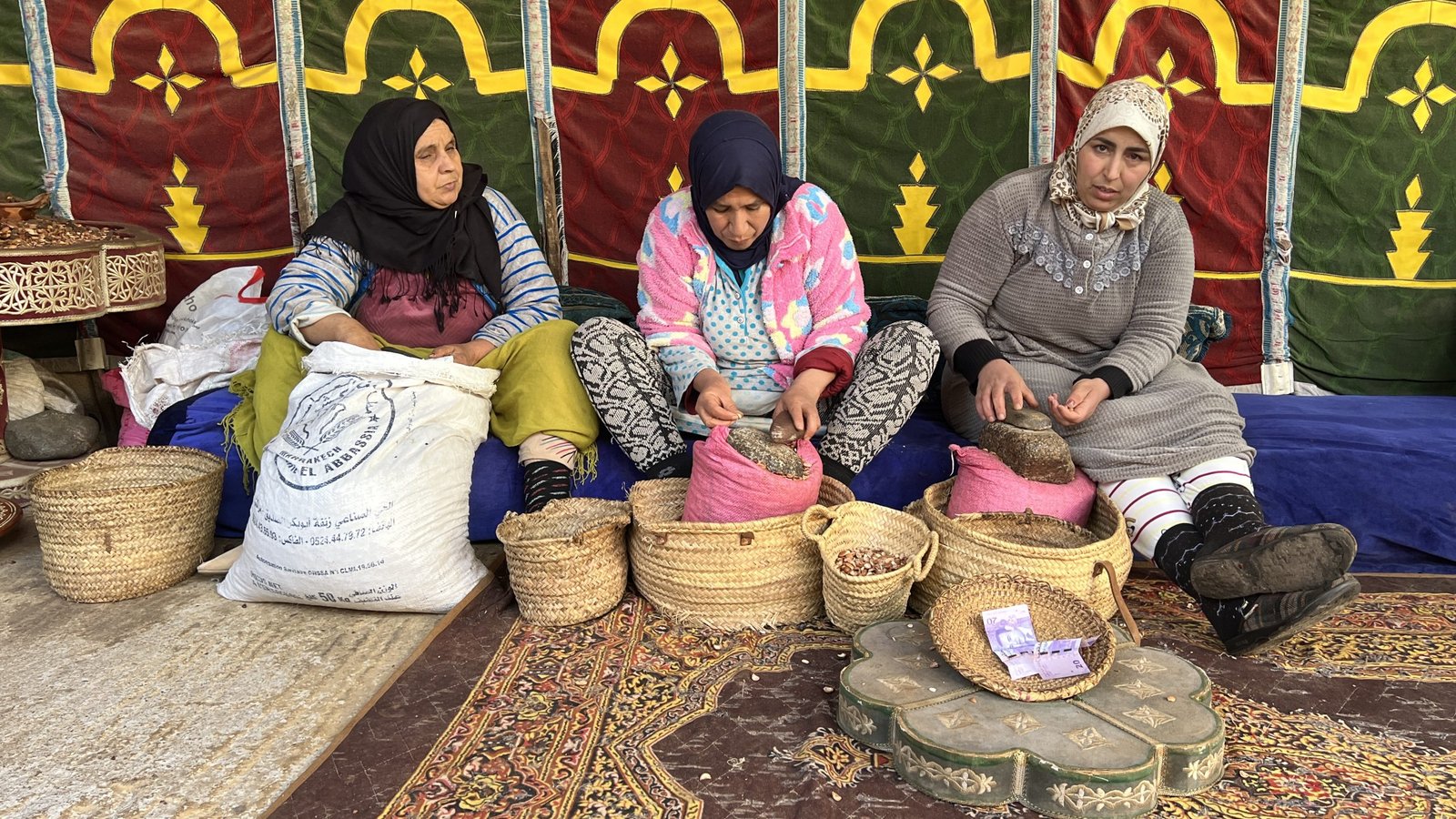
In the village of Sti Fadma, you’ll find Dar Zite, a women-run argan oil cooperative that supports local families and preserves traditional techniques. This cooperative plays a vital role in preserving ancestral practices and empowering women in the valley
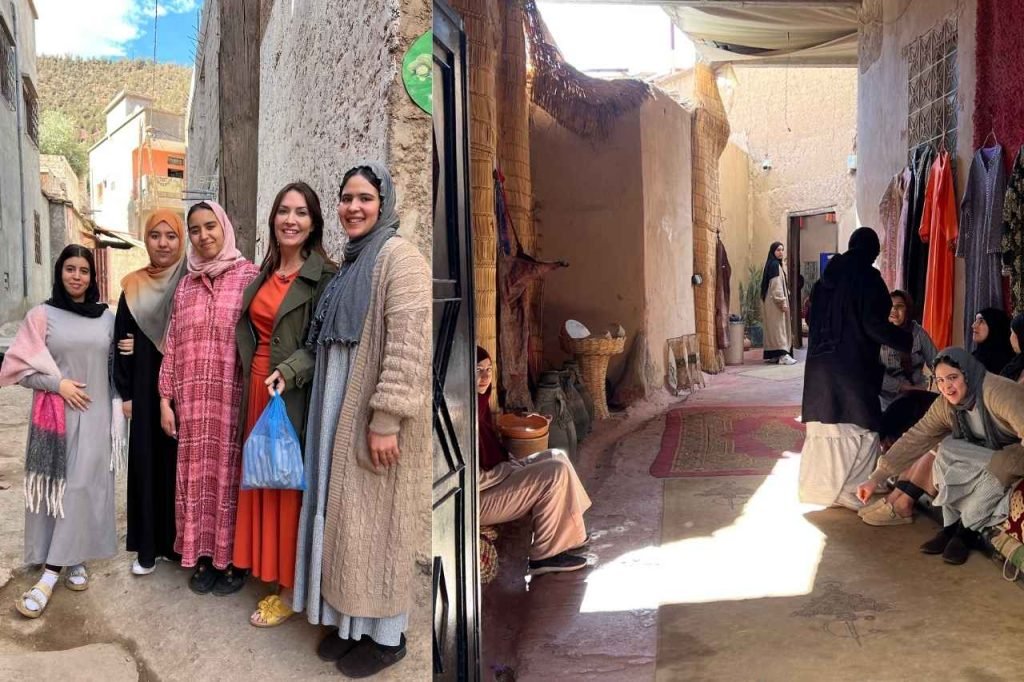
What you can do there:
- Watch how argan nuts are hand-cracked and cold-pressed into oil
- Join a short workshop to try the process yourself
- Sample culinary and cosmetic argan oil products
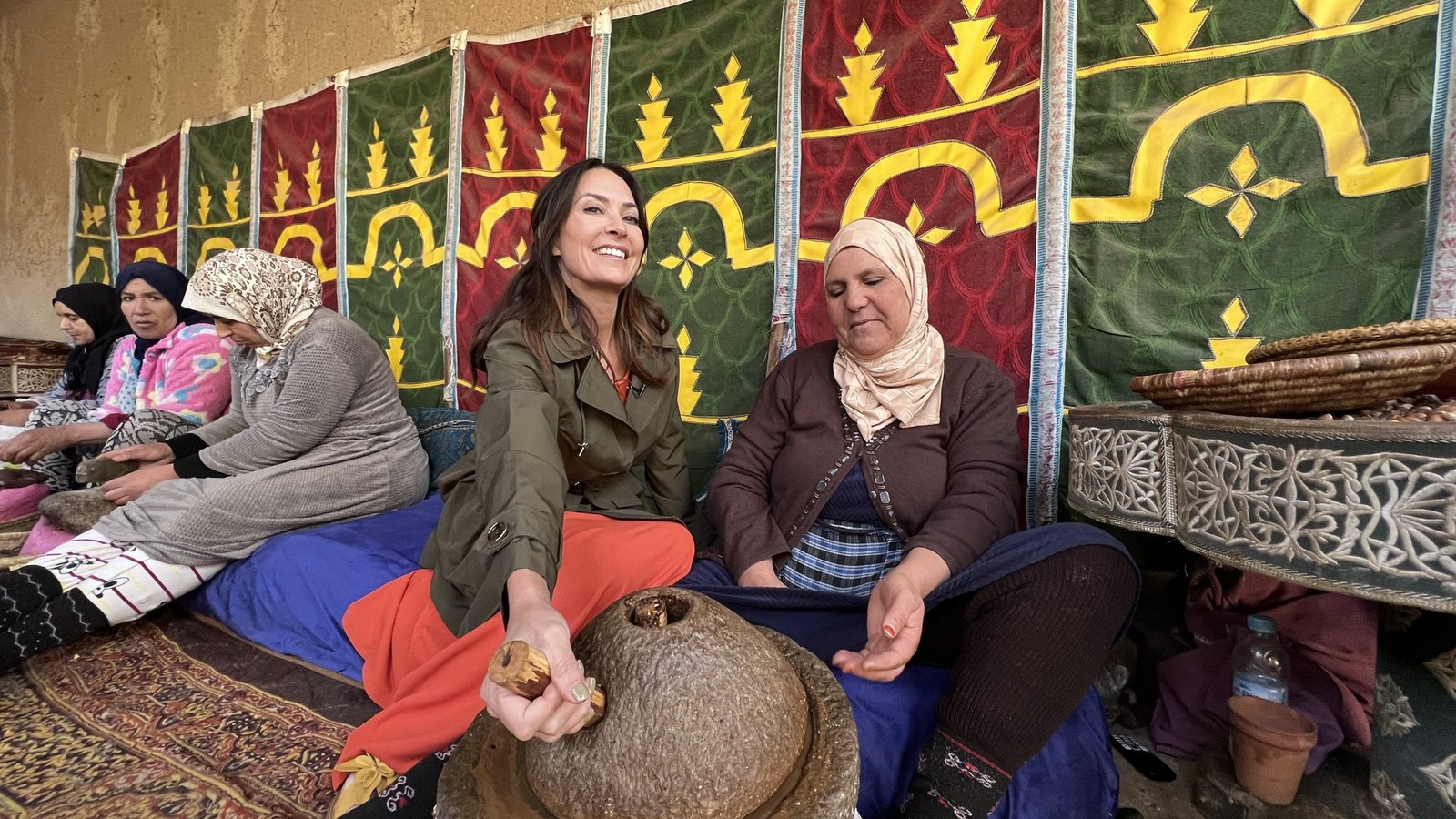
Buying directly from Dar Zite helps support women in the community while giving you access to high-quality, authentic Moroccan products. Their efforts also contribute to sustainable development in the region, especially as climate change affects traditional agriculture.
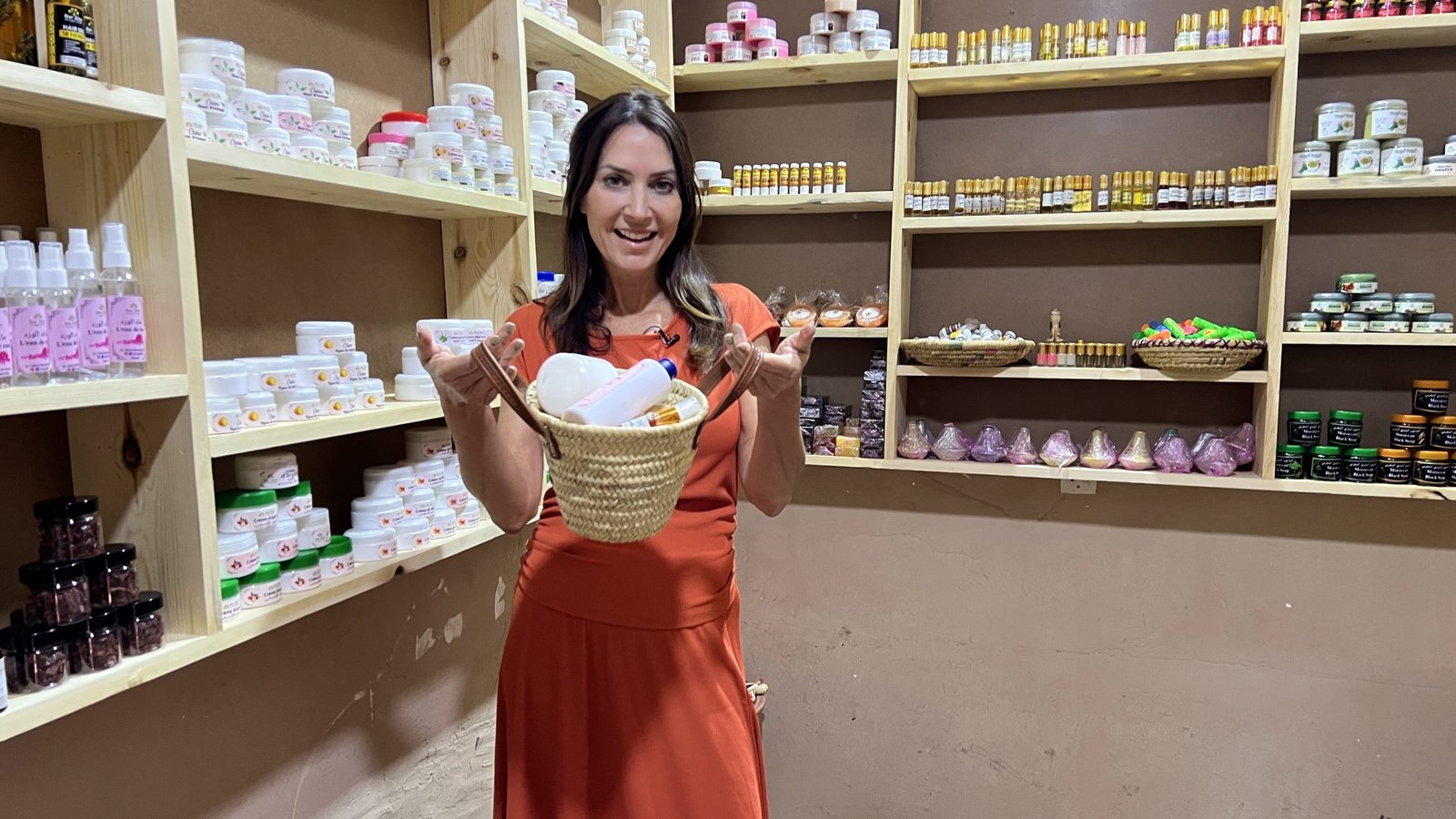
8. Discover the Pottery of Tafza
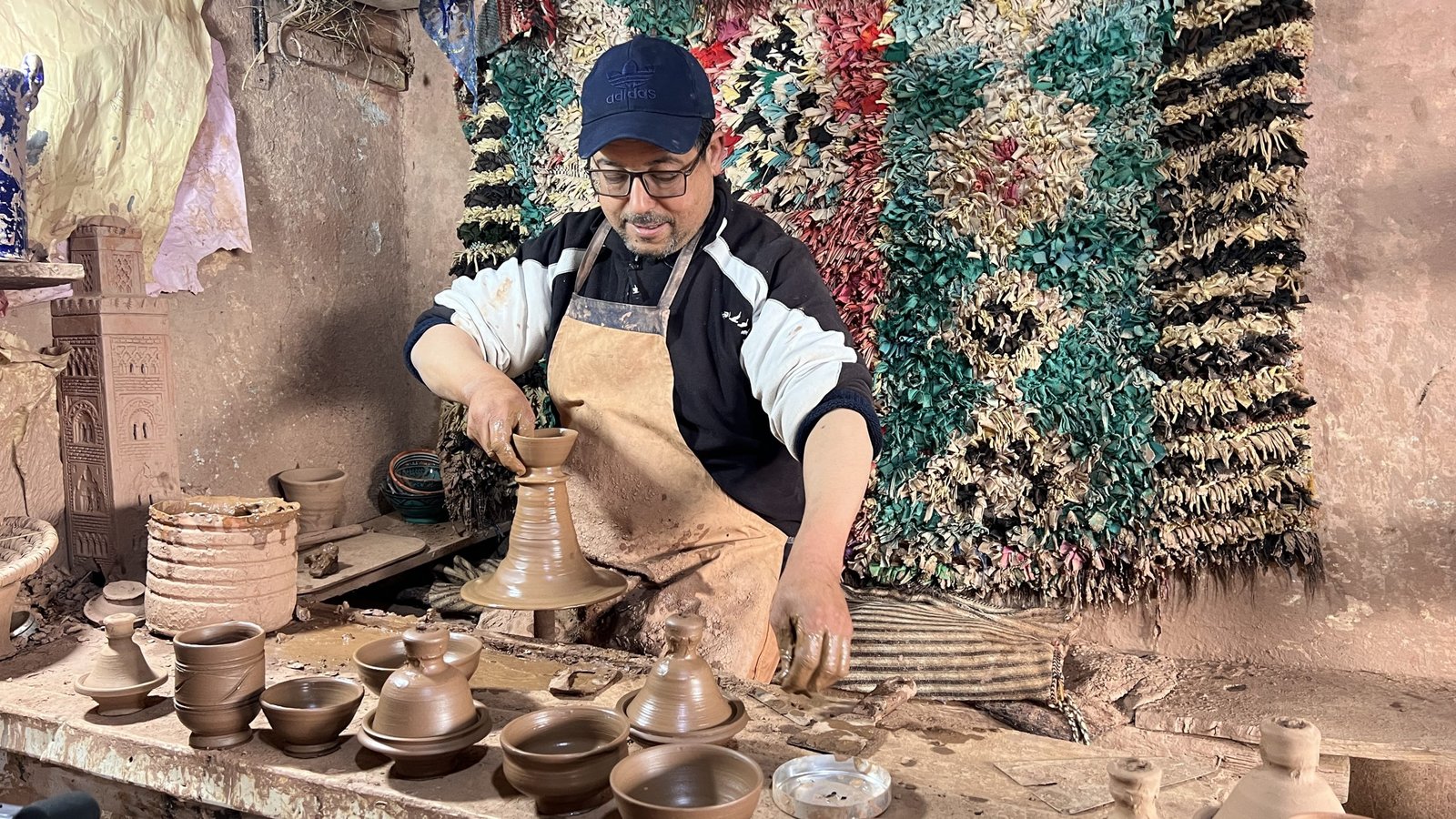
Tafza village is also known for its handmade pottery, a craft passed down through generations. Artisans use clay from the surrounding Atlas Mountains, shaping it by hand or with foot-powered wheels. The pottery is then fired in traditional kilns, giving it an earthy texture and authentic finish.
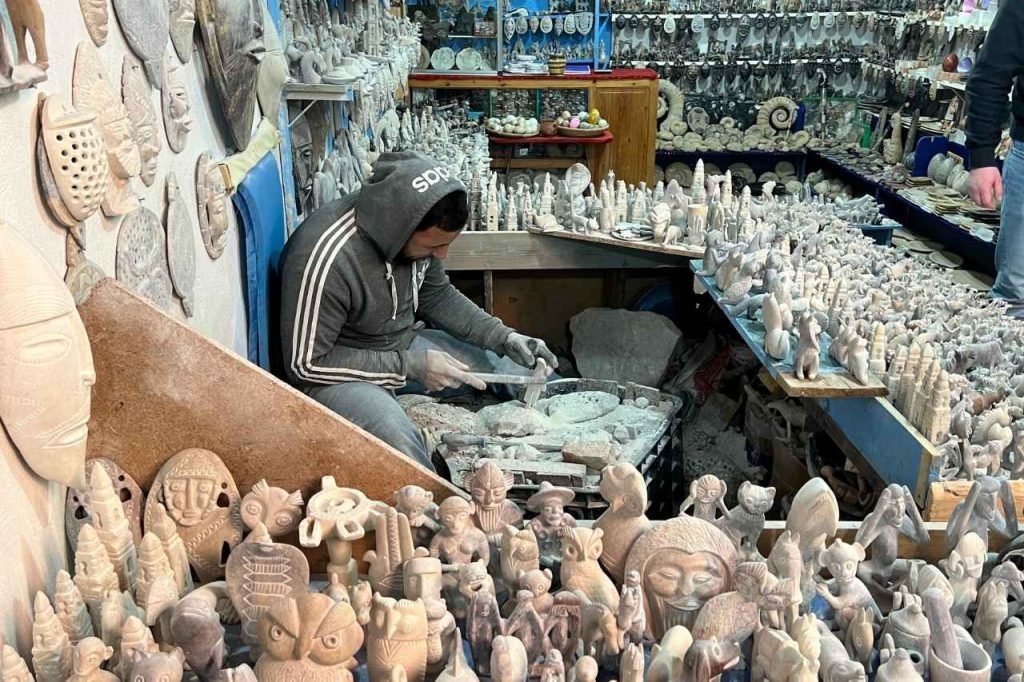
You’ll find:
- Tagines (used for cooking)
- Water jugs
- Decorative bowls with Berber motifs
The Berber Ecomuseum also highlights the symbolic meaning behind many of the pottery’s geometric designs. Some cooperatives allow visitors to try shaping clay or watch a live demonstration. It’s a great way to connect with local craft and take home a one-of-a-kind souvenir.
9. Shop the Ourika Valley Souk
If you’re in the valley on a Monday, head to the Tnine-de-l’Ourika souk, one of the best local markets. It’s not touristy because this is where villagers actually shop.
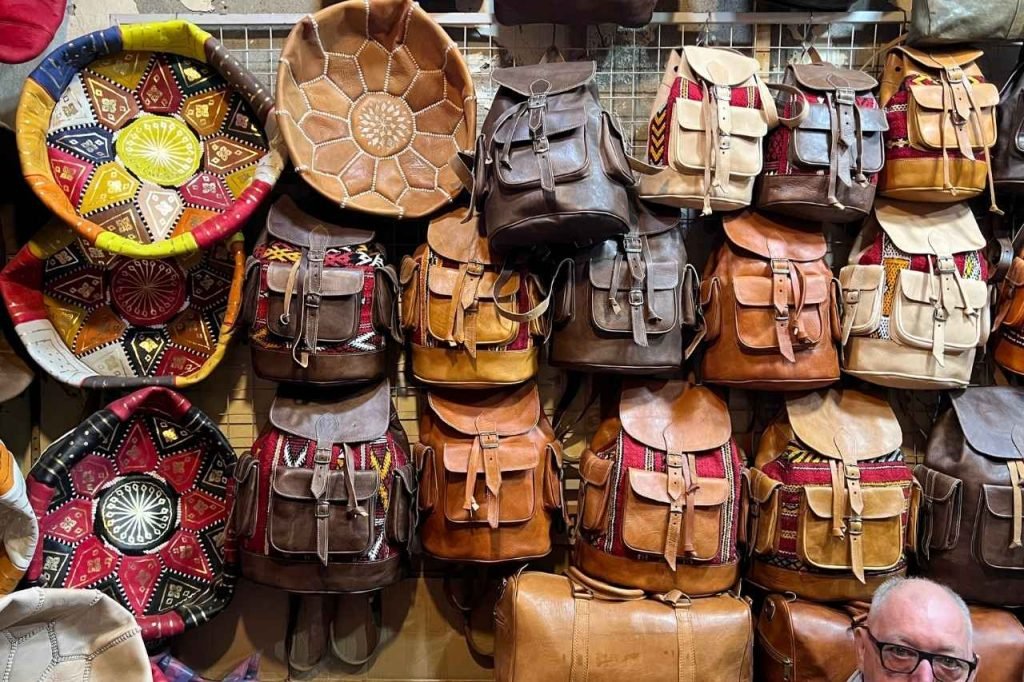
Things you might find:
- Fresh herbs and produce
- Dried fruits and nuts
- Locally made baskets, rugs, and pottery
- Traditional Moroccan beauty products
Bring small cash and be ready to negotiate prices, as that’s part of the fun!
10. Stay Overnight for a Deeper Experience
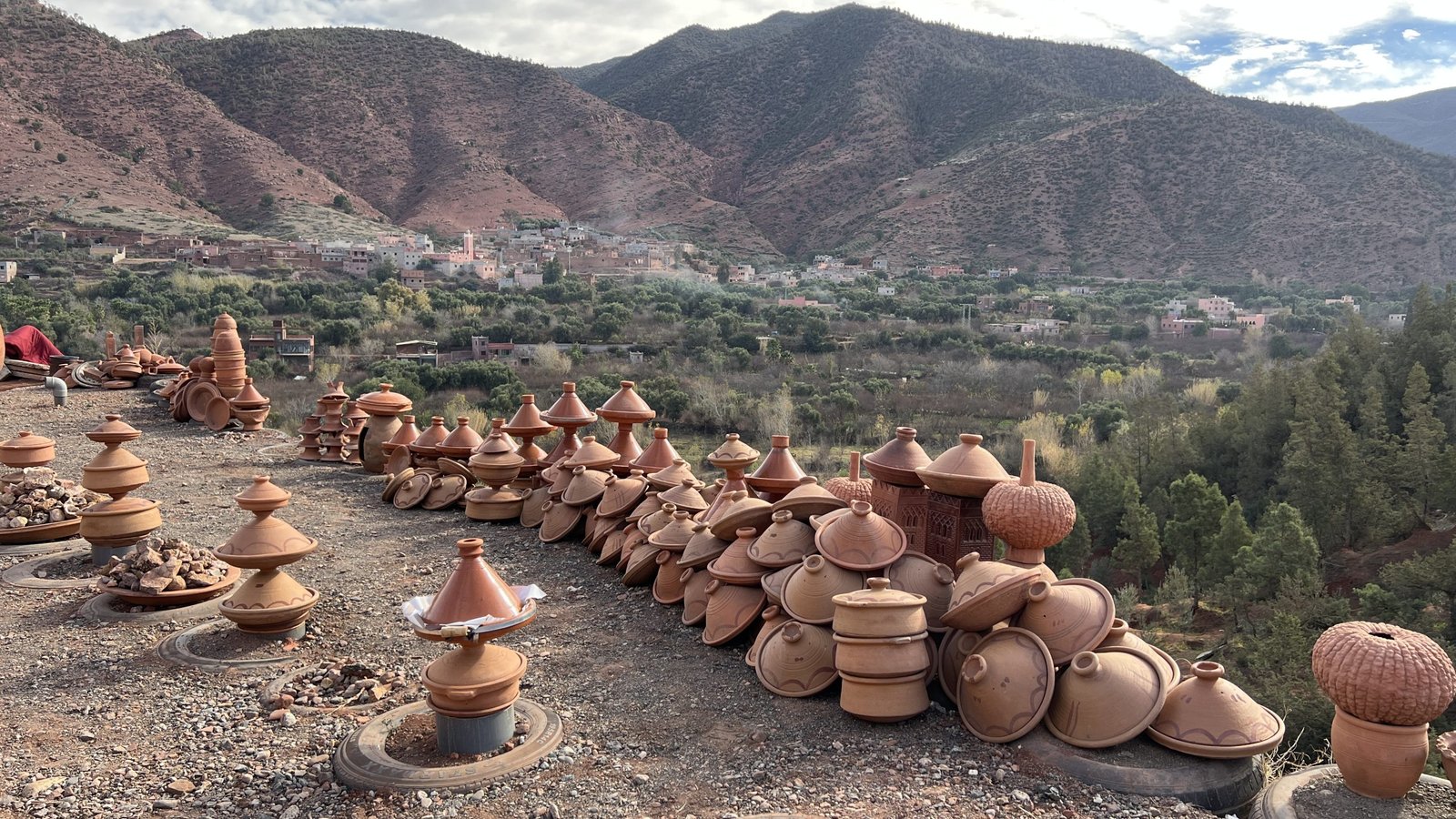
While many people visit the Ourika Valley as a day trip, staying overnight adds a whole new layer. You can enjoy the silence of the mountains after sunset, take early morning walks, or just relax in a quiet garden.
One great option is Kasbah Bab Ourika, an eco-lodge with stunning valley views and organic gardens. There are also guesthouses run by local families where you’ll be welcomed with warm hospitality and home-cooked meals.
Final Thoughts
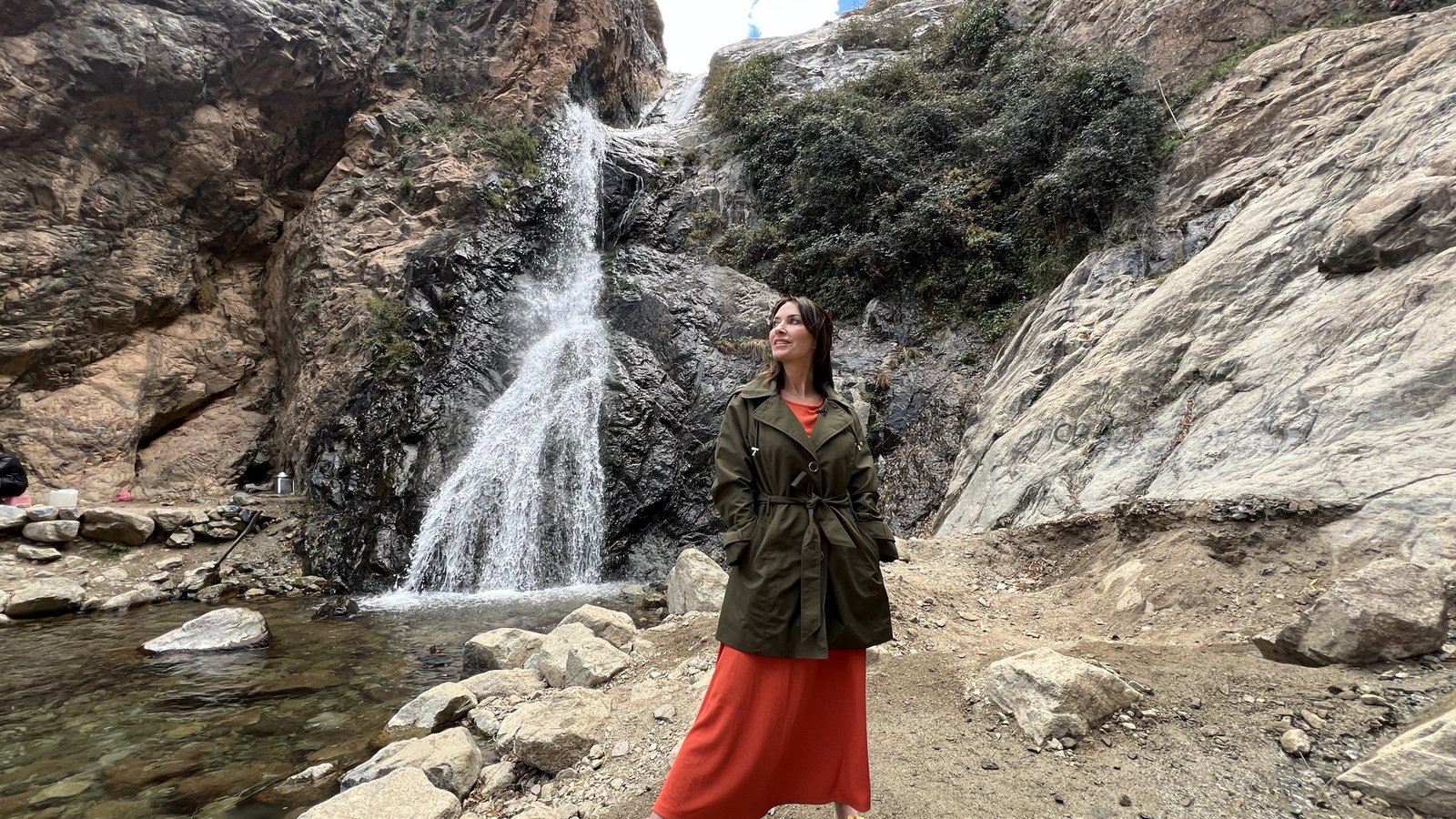
The Ourika Valley is more than just a break from the busy streets of Marrakech because it offers a full experience of Moroccan nature, culture, and kindness. From artisanal crafts and age-old traditions to mountain hikes and riverside meals, the Ourika Valley offers a real, immersive Moroccan experience.
So if you’re planning a trip to Morocco and want something real, beautiful, and memorable, don’t skip the Ourika Valley. It’s one of those places that leaves a lasting impression long after you’ve left.
Read More:
What to Wear in Morocco for a Stylish and Respectful Trip
What to Visit in Morocco? Top Must-Visit Spots
Ultimate Guide to Exploring Morocco: Discover the Wonders of the Sahara









